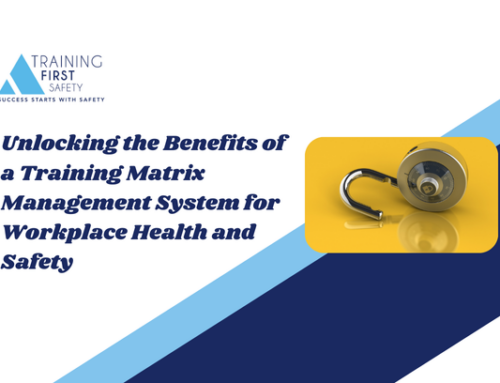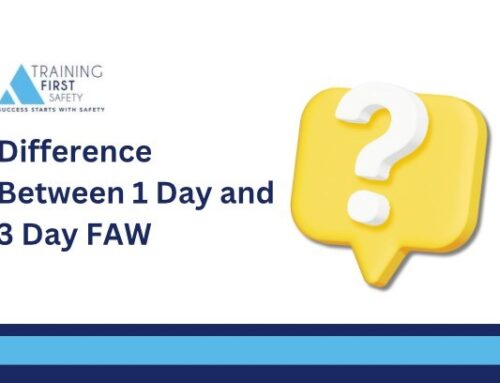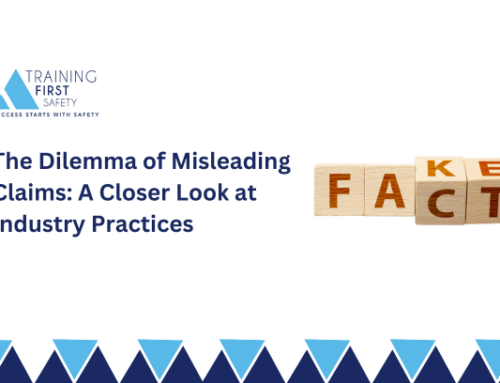Many people think of PPE as being mainly hard hats, gloves and boots. However PPE encompasses a wide range of equipment and clothing. For women working within environments where they need to wear PPE to protect themselves, there has been long term debates over the suitability of some forms of protective equipment for them.
It may be unsurprising to read that most PPE is based on the characteristics and sizing of European and American males and because of this there are fundamental flaws when it comes to protecting female em- ployees.
- Respiratory Protective Equipment – There tends to be great differences in the facial structures and sizes between men and women. This means that masks are not likely to fit a female face in the same way they will fit a male and therefore result in reduced protection.
- Stab Proof Vests – Designed for the average male torso, these vests do not take into account the different shape of a woman’s torso and the difference in chest, waist and hip measurements to men. This ill fitting PPE can not only be uncomfortable but also will be less protective
Work Boots – Typically, men’s’ feet tend to be longer and also wider than women’s’ This means that even by offering smaller sizes, work boots may not fit properly due to the width.
Studies have shown that around 57% of women say that PPE has hampered their ability to carry out their work. Within the emergency services sector, it is even more concerning with around 95% of women find- ing that their PPE has hampered their work at some point or another.
Badly fitting PPE not only puts women’s at risk during their job, but the PPE can actually inflict injuries to the individual. This can include but is not limited to: blisters, sores and bruises.
Employers have a responsibility and duty of care to ensure that all of their employees are safe at work, regardless of their gender. Employers should thoroughly research PPE for both genders and ensure for each item there are a wide range of sizes available for both genders. It is highly recommended to conduct a survey amongst female employees within the workplace to identify where the main issues lie. This re- search should be repeated after the implementation of PPE for women to analyse its effectiveness.






